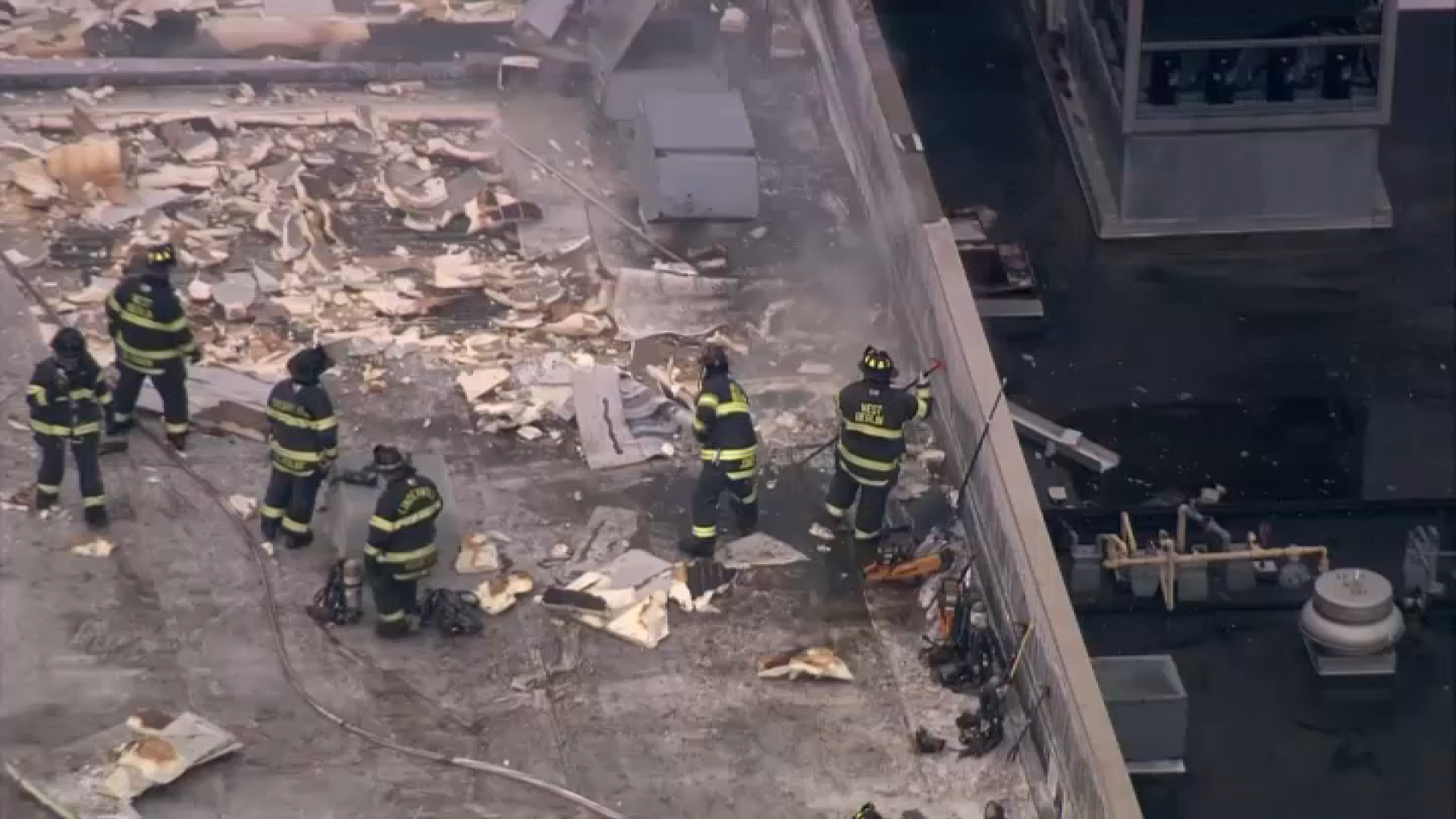A nuclear reactor is on the verge of meltdown.
Deep inside the reactor building, a manual valve must be turned to release the pressure, but the radiation levels are too high for people to venture inside the building.
Enter DIRC -- a humanoid robot able to walk through the plant, get to the valve, turn it to stop the meltdown and avert a nuclear disaster.
This is the type of disaster researchers and students at Drexel University are hoping their robot can one day help avoid.
“This is supposed to work in human surroundings such as if there’s a lot of radiation in a disaster scene… or clean up waste using tools that humans would normally use, but because it’s dangerous for humans to be there, we want a robot to do those tasks,” said researcher Dr. Daniel Lofaro.
Dr. Lofaro and his Drexel colleagues are leading a team of researchers from nine other universities -- including the University of Delaware and Swarthmore -- and companies to build the most robust robot capable of venturing where humans can’t during disasters. The group, named DRC-HUBO, is competing for a $2 million prize as part of the U.S. Department of Defense’s DARPA Robotics Challenge which seeks to have a working robot in service by 2020. Dr. Lafaro said the competition came about following the nuclear disaster in Fukushima, Japan in March 2011.
“Someone needed to go in and turn a valve to turn on the cooling system would have had the radiation not leak out. We couldn’t send in a human to do that because they couldn’t have gotten half way before dying,” he said.
Local
Breaking news and the stories that matter to your neighborhood.
That disaster continues to have major lasting effects on the country. Officials are now considering upgrading the nuclear crisis threat level to serious as radioactive water continues to leak from the crippled facility.
DIRC, which is currently in the beta stages of development, is honing its skills to complete eight tasks as part of an upcoming demonstration in Homestead, Fla. this December. The robot will have to easily walk over rubble, traverse stairs and ladders, use tools like axes, saws and hammers, turn valves, break through walls and even drive everyday vehicles on its own, among other things.
“[In Fukushima] they tried sending in robots, but all they could do was drive around and look at things,” Dr. Lafaro said.
To develop DIRC, the team took an already produced robot called HUBO and super-sized it to be able to handle holding additional weight and complete the more complex tasks.
While the entire team is working on DIRC, researchers from each institution are focusing on developing individual features necessary to complete the tasks. For example, one school is developing the robot’s vision, while another school works on the robot’s ability to walk.
“They’re all experts in different fields. We have not just this one thought process, we have many different thought processes to develop the robot algorithm to do all these tasks,” he said.
Among the harder tasks to teach the robot: driving. But the act of driving is not issue. Dr. Lofaro says the use of GPS makes that easy. Instead, the most difficult acts happen before the car even starts moving.
“The hardest part is getting the robot into the vehicle,” he said. “Once we get the robot in the vehicle to actually turn the wheel and step on the gas, the driving part is a solved task,” he said.
The team has spent the summer putting DIRC through the paces on a course built inside a warehouse on the school’s University City’s campus – preparing for the December trial. If it gets the Department of Defense’s stamp of approval for the current round, the team will have another year to get DIRC ready for prime time – which includes operating autonomously.
The robot’s current iteration requires some help from a human operator assist in navigating an area, but Dr. Lafaro expects DIRC to be thinking on its own long before the 2020 deployment date.
“That may seem far-fetched, but think about seven years ago from now. Did you have an iPhone? No. Were you able to communicate from one side of the world to another that quickly? No,” he said. “So seven years isn’t a very long period of time.”
Contact Vince Lattanzio at 610.668.5532, vince.lattanzio@nbcuni.com or follow @VinceLattanzio on Twitter.



